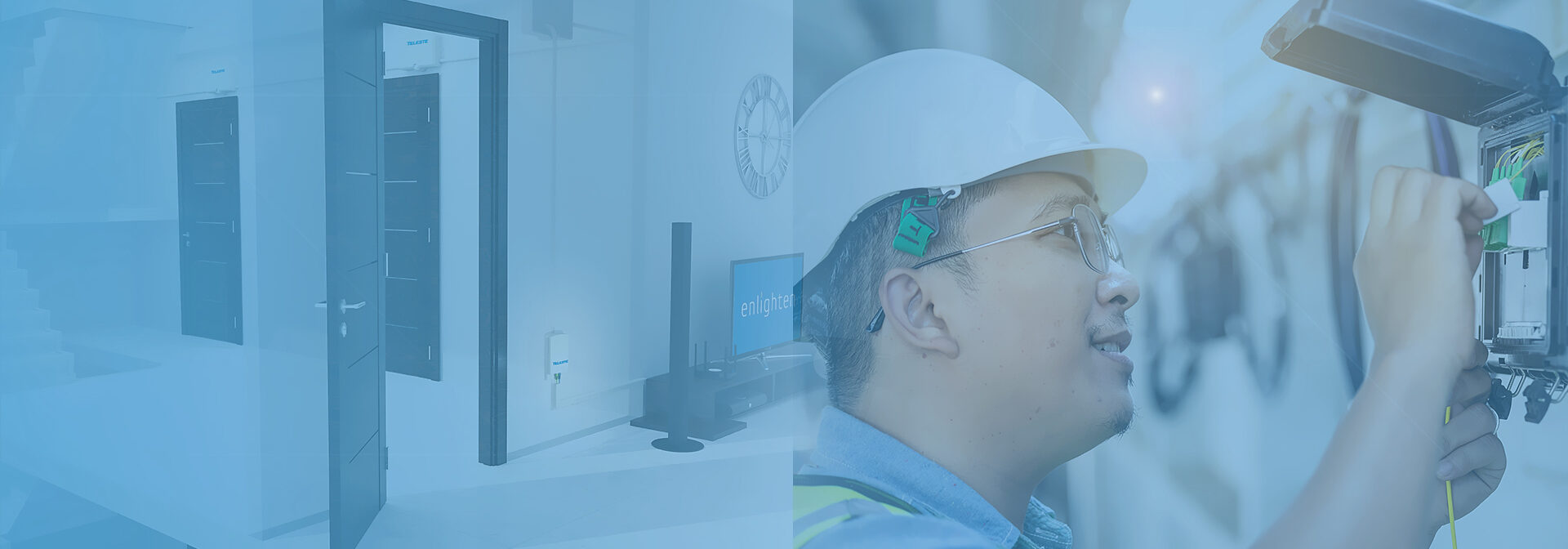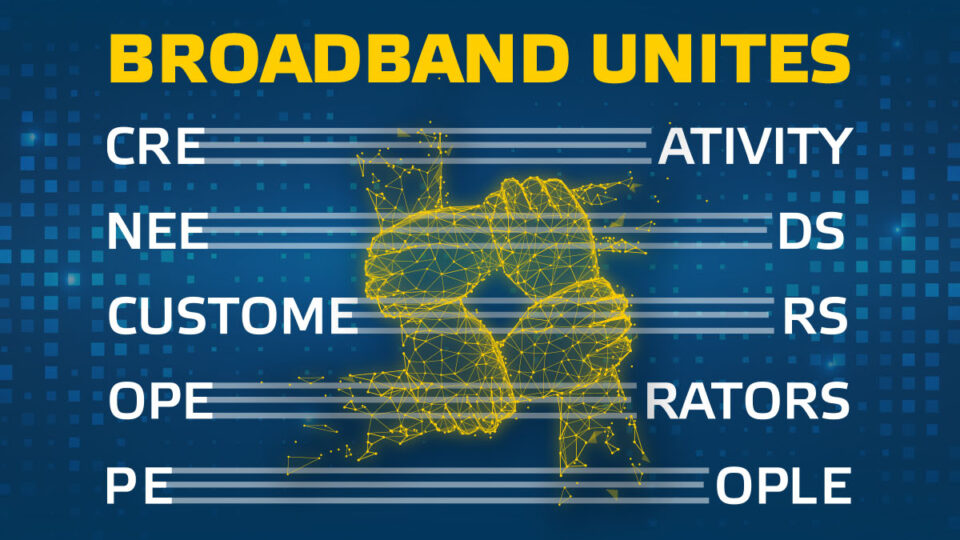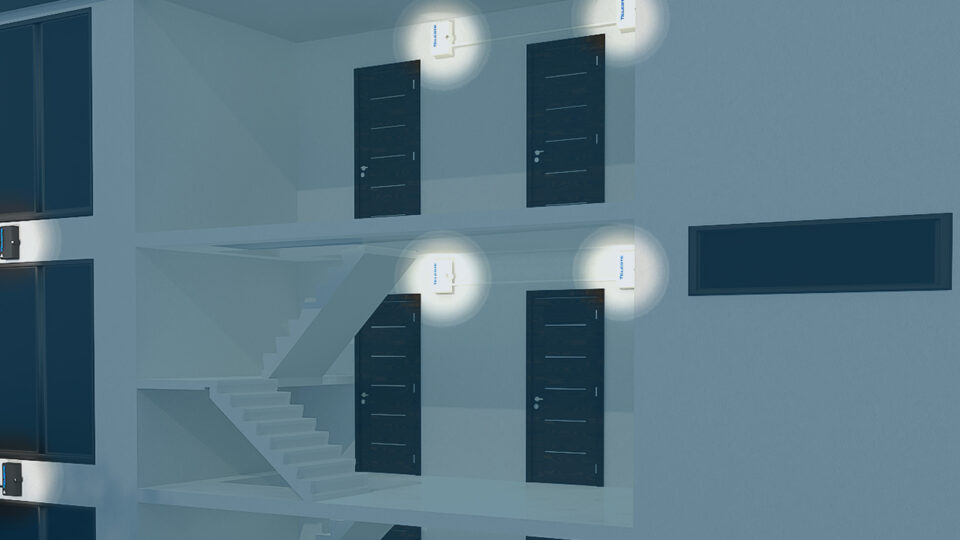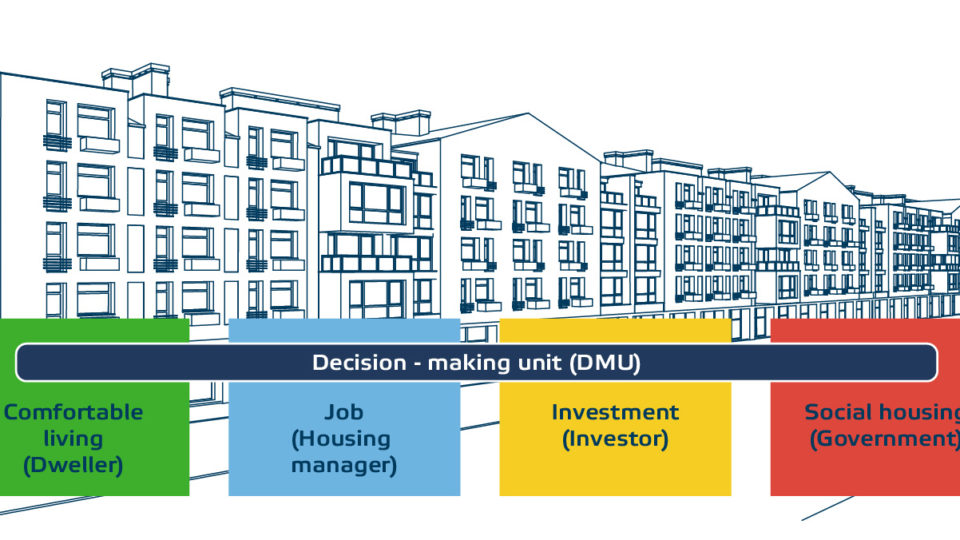
Overcoming the challenge of getting MDU homes connected with fibre
In their quest of getting multi-dwelling unit (MDU) homes connected, operators face many challenges on their network build, not least of which being the first challenge on selecting the appropriate building strategy for their building stock. MDU’s come in different shapes and sizes such as low rise, high rise, double units, condos or even with business customers. So, what are the key points you need to consider, and can you have a product solution that scales to all use cases?
Connecting the existing building stock
Modern buildings usually have better support for cabling and if built today, you most probably end up having the homes fibered up already at the build stage. While doing this, it is good to keep in mind that you would like to build a fibre network solution that enables fast and easy connecting of end customers when they order the service, unless you contract directly with house owners. Even when there is a lot to think of on the new builds, the real challenge is to get the existing building stock connected.
A good opportunity would be to align the network upgrade in parallel with any other building upgrade project, but these may not be scheduled with your fibre plans. It is also possible that not all inhabitants are ready to take the new fibre service, so you would save cost, if you complete the build only to the ones taking it. In which case you would benefit from completing the network build only to the drop point, from where you can have fast and easy connection of customers later when they order the service.
Same topics apply also to traditional single operator or multi-operator and point-to-point or point-to-multipoint architectures. Depending on the applicable legislation, core network characteristics and the approach taken by the building owner, one could consider equipping the building with fibre network supporting multi-operator approach from the beginning. At minimum this approach would give scalability for future use and upgrade plans.
Several options are available on your strategy to get building networks established. Modern high-rise buildings support infrastructure with proper technical spaces including riser cable solutions. The semi-detached or small MDU’s may not support any usable technical space to route cables out of sight, so you need to think which one is better option, to route the cabling indoors or outdoors. The location of the network distribution point for sure has some significance to the decision making over these options, especially if you have existing tubing available to be used. One may even consider installing microducts to the full building and benefit from push/blown installations later on.
Planning for swift apartment visits
When getting into apartments, simple connectivity is what you should look for as you would like to minimize the visits and time spent at end customer homes. If your fibre or ducting is not already built all the way to the end user apartment, it is evident that you need to enter the apartment somehow. Usually this is through the wall either from the corridor, or from outside. Pre-connectorised cabling gives you fast plug and play connectivity options, especially when equipped with field assembled connectors designed to enter through small apertures. If you already have microduct system in place, you can benefit from the easy to use pre-connectorised push/blown solutions. These can be also delivered in a simple install kit with factory prepared fibre termination or wall outlet.
When coming into apartments, you would look for a swift visit. You would like to have an installation kit, which is already prepared in advance to your needs. Splicing in the apartments is not recommended for two reasons. First, laying out the equipment, preparing fibre and making the final splice takes considerable time. Second, there is a risk of dropping the cut fibre parts, which may later find their way to children or pets. A simple solution allowing you locate your termination point in a suitable location close to power sockets would be useful, especially in larger apartments. When connecting your ONT to the termination point, you do not want to see a mess of cables going out from your unit but would prefer a solution with built-in cable organizer or even a fully covered solution.
Can one product solution fit to all your needs?
To summarise, there are several things you should take into consideration when deciding your approach to get your building stock of MDU connected with fibre. The direction depends highly on the construction of buildings you target to get connected and the approach taken to reach the end customer homes to complete the service. It is easy to say that the product solution you look for on your passive build will benefit on wide scalability and multiuse approaches and should also support plug and play connectivity with pre-assemblies and install kits. Can you have one product solution that fits to all cases? At least you can have wide enough product portfolio giving you the required items to build your solution!
Teleste is dedicated to helping operators navigate their unique challenges with our advanced FTTx passive solutions, tailored for MDU fibre deployments. Our recently updated enclosures exemplify our commitment to innovation—compact, easy to install, and designed to meet the modern demands for usability, durability, and environmental sustainability. Built with flexibility in mind, our solutions adapt seamlessly to various building sizes and types. Additionally, they support you in phased network buildouts, from access or in-building networks to customer connections and in-home networks.
Ready to enhance your building stock with Teleste’s cutting-edge solutions? Contact us today and discover the perfect fit for your needs.
Sami Lallukka
Sami Lallukka
As Director of Optical Passives for Teleste, I’m passionate about delivering product solutions for FTTx networks. See my LinkedIn.



